
Rabbit Anti-CDKN2A/p16-INK4a antibody
cyclin-dependent kinase inhibitor 2A; CDK4I; p16-INK4; p16-INK4a; cyclin-dependent kinase 4 inhibitor A; cyclin-dependent kinase inhibitor 2A, isoform 1; Cyclin dependent kinase inhibitor 2A (p16, inhibits CDK4); cell cycle inhibitor; cyclin-dependent kin
View History [Clear]
Details
Product Name CDKN2A/p16-INK4a Chinese Name 抑癌基因p16抗体 Alias cyclin-dependent kinase inhibitor 2A; CDK4I; p16-INK4; p16-INK4a; cyclin-dependent kinase 4 inhibitor A; cyclin-dependent kinase inhibitor 2A, isoform 1; Cyclin dependent kinase inhibitor 2A (p16, inhibits CDK4); cell cycle inhibitor; cyclin-dependent kinase inhibitor 2a p16Ink4a; cell cycle regulator; cyclin-dependent kinase inhibitor 2a p19Arf; cyclin-dependent kinase inhibitor 2A, isoform 2; Cdkn2a; Arf; INK4A; MTS1; p16; p16Cdkn2a; p19ARF; CD2A2_HUMAN. literatures Research Area Tumour Cell biology Chromatin and nuclear signals Signal transduction Stem cells Cyclin transcriptional regulatory factor Immunogen Species Rabbit Clonality Polyclonal React Species Human, Mouse, Rat, (predicted: Pig, ) Applications ELISA=1:5000-10000 IHC-P=1:100-500 IHC-F=1:100-500 Flow-Cyt=1μg/Test IF=1:100-500 (Paraffin sections need antigen repair)
not yet tested in other applications.
optimal dilutions/concentrations should be determined by the end user.Theoretical molecular weight 17kDa Cellular localization The nucleus cytoplasmic Form Liquid Concentration 1mg/ml immunogen KLH conjugated synthetic peptide derived from human p16-INK4a: 61-156/156 Lsotype IgG Purification affinity purified by Protein A Buffer Solution 0.01M TBS(pH7.4) with 1% BSA, 0.03% Proclin300 and 50% Glycerol. Storage Shipped at 4℃. Store at -20 °C for one year. Avoid repeated freeze/thaw cycles. Attention This product as supplied is intended for research use only, not for use in human, therapeutic or diagnostic applications. PubMed PubMed Product Detail This gene generates several transcript variants which differ in their first exons. At least three alternatively spliced variants encoding distinct proteins have been reported, two of which encode structurally related isoforms known to function as inhibitors of CDK4 kinase. The remaining transcript includes an alternate first exon located 20 Kb upstream of the remainder of the gene; this transcript contains an alternate open reading frame (ARF) that specifies a protein which is structurally unrelated to the products of the other variants. This ARF product functions as a stabilizer of the tumor suppressor protein p53 as it can interact with, and sequester, the E3 ubiquitin-protein ligase MDM2, a protein responsible for the degradation of p53. In spite of the structural and functional differences, the CDK inhibitor isoforms and the ARF product encoded by this gene, through the regulatory roles of CDK4 and p53 in cell cycle G1 progression, share a common functionality in cell cycle G1 control. This gene is frequently mutated or deleted in a wide variety of tumors, and is known to be an important tumor suppressor gene. [provided by RefSeq, Sep 2012].
Function:
Acts as a negative regulator of the proliferation of normal cells by interacting strongly with CDK4 and CDK6. This inhibits their ability to interact with cyclins D and to phosphorylate the retinoblastoma protein.
Subunit:
Heterodimer with CDK4 or CDK6. Predominant p16 complexes contained CDK6. Interacts (isoforms 1,2 and 4) with CDK4 (both 'T-172'-phosphorylated and non-phosphorylated forms); the interaction inhibits cyclin D-CDK4 kinase activity. Interacts with ISCO2.
Subcellular Location:
Cytoplasm. Nucleus.
Tissue Specificity:
Widely expressed but not detected in brain or skeletal muscle. Isoform 3 is pancreas-specific.
DISEASE:
Note=The association between cutaneous and uveal melanomas in some families suggests that mutations in CDKN2A may account for a proportion of uveal melanomas. However, CDKN2A mutations are rarely found in uveal melanoma patients.
Defects in CDKN2A are the cause of cutaneous malignant melanoma type 2 (CMM2) [MIM:155601]. Malignant melanoma is a malignant neoplasm of melanocytes, arising de novo or from a pre-existing benign nevus, which occurs most often in the skin but also may involve other sites.
Defects in CDKN2A are the cause of familial atypical multiple mole melanoma-pancreatic carcinoma syndrome (FAMMMPC) [MIM:606719].
Defects in CDKN2A are a cause of Li-Fraumeni syndrome (LFS) [MIM:151623]. LFS is a highly penetrant familial cancer phenotype usually associated with inherited mutations in TP53. [DISEASE] Defects in CDKN2A are the cause of melanoma-astrocytoma syndrome (MASTS) [MIM:155755]. The melanoma-astrocytoma syndrome is characterized by a dual predisposition to melanoma and neural system tumors, commonly astrocytoma.
Similarity:
Belongs to the CDKN2 cyclin-dependent kinase inhibitor family.
Contains 4 ANK repeats.
SWISS:
P42771
Gene ID:
1029
Database links:Entrez Gene: 1029 Human
Entrez Gene: 12578 Mouse
Omim: 600160 Human
SwissProt: P42771 Human
SwissProt: P51480 Mouse
Unigene: 512599 Human
Unigene: 4733 Mouse
Unigene: 48717 Rat
细胞周期失控是癌变的重要原因。p16是近年来发现的第一个直接参与细胞周期调控的抑癌基因,其表达产物为p16蛋白.
p16基因是一种重要的抑癌基因,在正常细胞中起负反馈作用,当p16基因突变或丢失时,细胞增殖失去控制使细胞无限制地增殖。
p16主要功能是通过抑制CDK4而阻止细胞由G1期进入S期,使细胞增殖受到限制。用于各种恶性Tumour如肺癌、恶黑、乳腺癌的研究。目前的研究细胞周期依赖激酶抑制p16INK4a蛋白在宫颈上皮内病变(CIN)中作为一个新标记物.
p16INK4a的过表达与HPV E7区(病毒早期蛋白即病毒致癌基因编码区)活性有密切相关性。
p16/CDKN2基因是新近发现的Tumour抑制基因,已有研究表明该基因在许多Tumour出现缺失、突变或重排现象.Product Picture
Antigen retrieval: citrate buffer ( 0.01M, pH 6.0 ), Boiling bathing for 15min; Block endogenous peroxidase by 3% Hydrogen peroxide for 30min; Blocking buffer (normal goat serum,C-0005) at 37℃ for 20 min;
Incubation: Anti-CDKN2A/p16-INK4a Polyclonal Antibody, Unconjugated(SL0740R) 1:200, overnight at 4°C, followed by conjugation to the secondary antibody(SP-0023) and DAB(C-0010) staining
Blank control (blue line): Hela (blue).
Primary Antibody (green line): Rabbit Anti-CDKN2A/p16-INK4aantibody (SL0740R)
Dilution: 1μg /10^6 cells;
Isotype Control Antibody (orange line): Rabbit IgG .
Secondary Antibody (white blue line): Goat anti-rabbit IgG-PE
Dilution: 1μg /test.
Protocol
The cells were fixed with 70% ethanol (Overmight at 4℃) and then permeabilized with 90% ice-cold methanol for 30 min at -20℃.Cells stained with Primary Antibody for 30 min at room temperature. The cells were then incubated in 1 X PBS/2%BSA/10% goat serum to block non-specific protein-protein interactions followed by the antibody for 15 min at room temperature. The secondary antibody used for 40 min at room temperature. Acquisition of 20,000 events was performed.
Bought notes(bought amounts latest0)
No one bought this product
User Comment(Total0User Comment Num)
- No comment
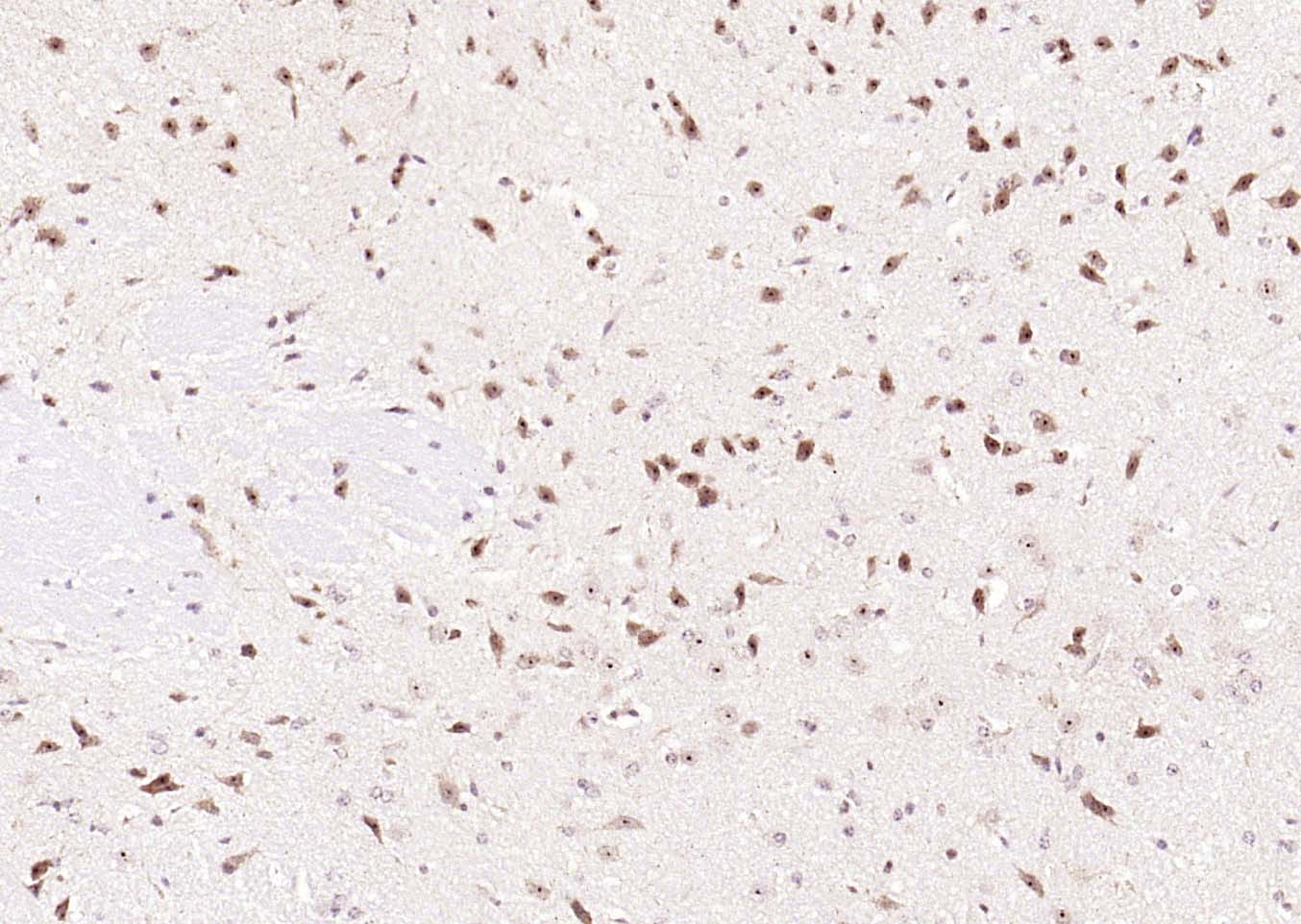
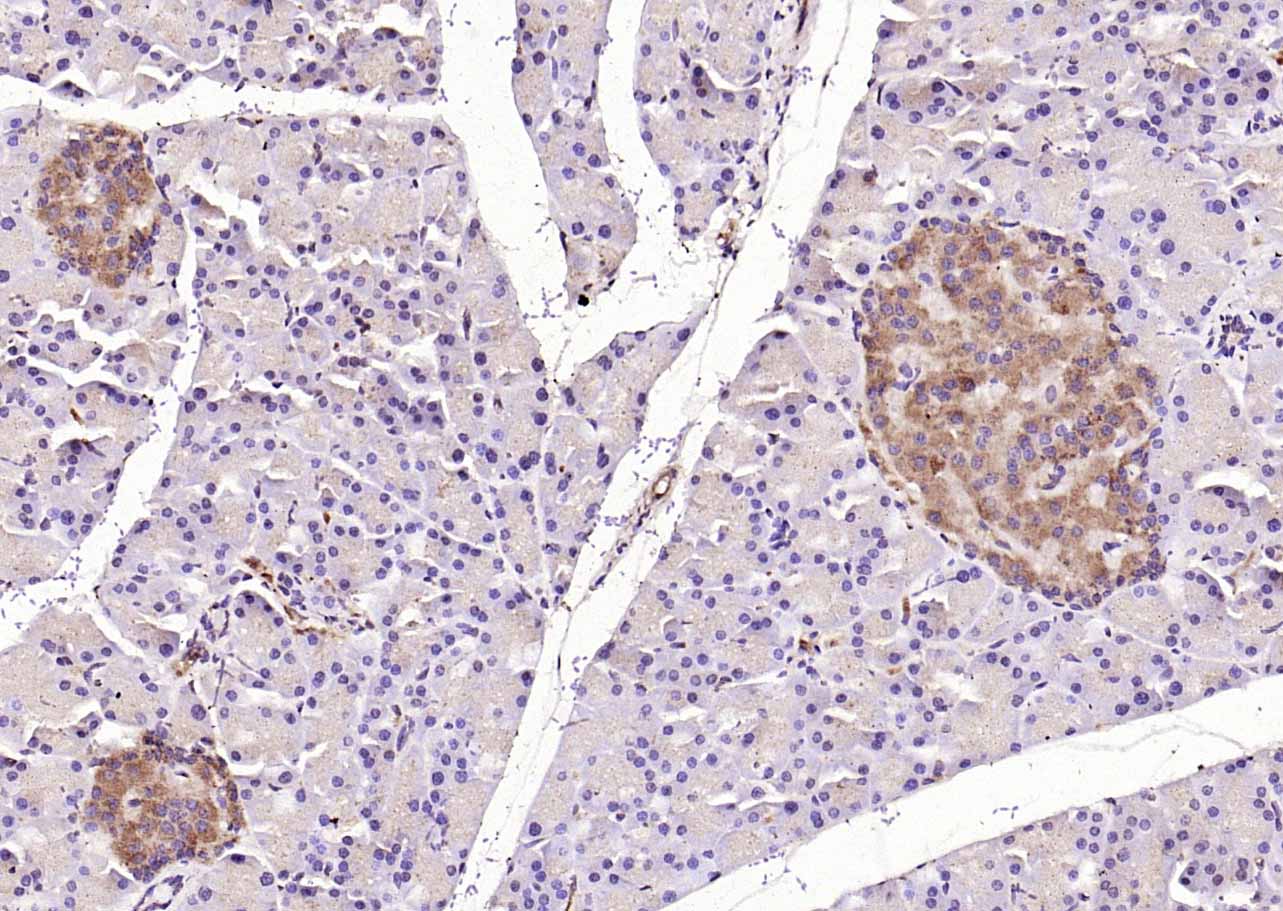
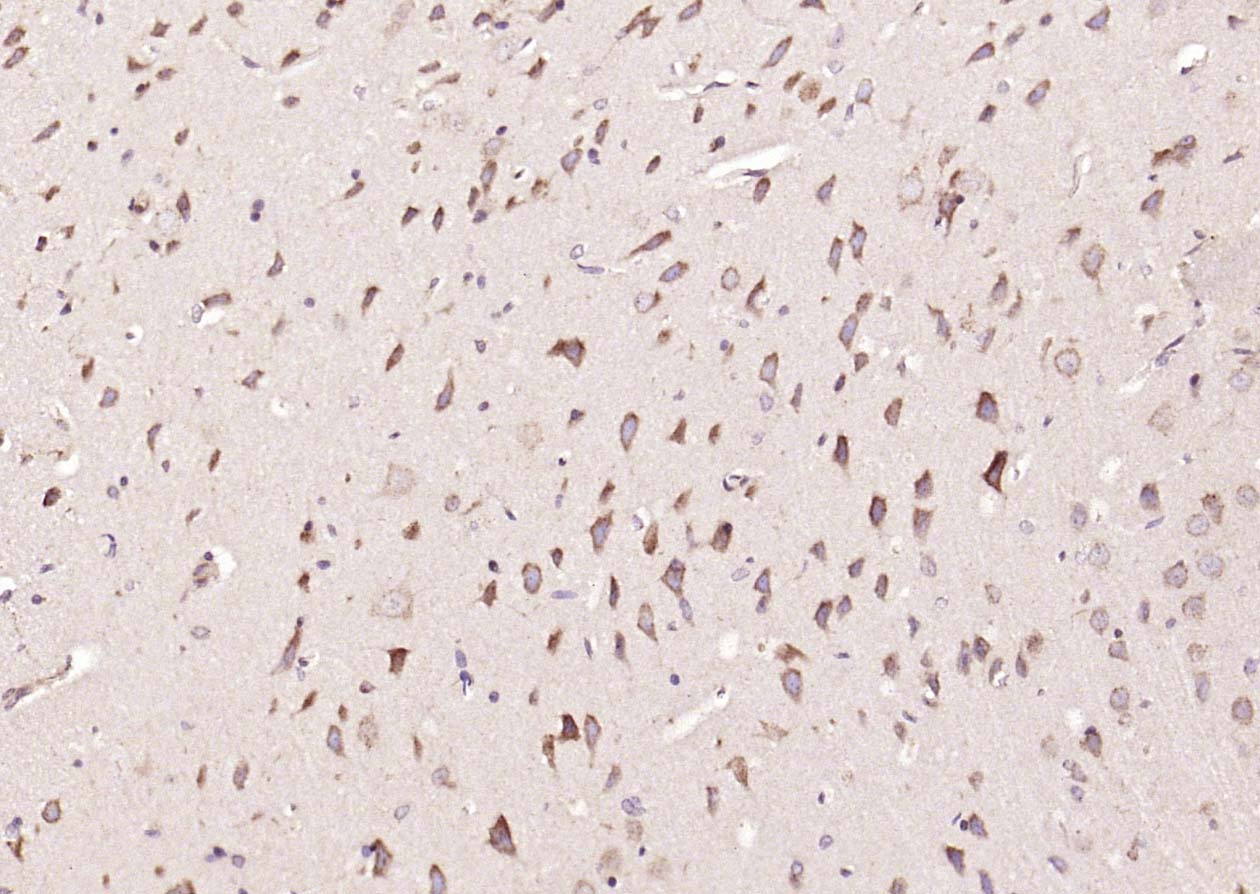
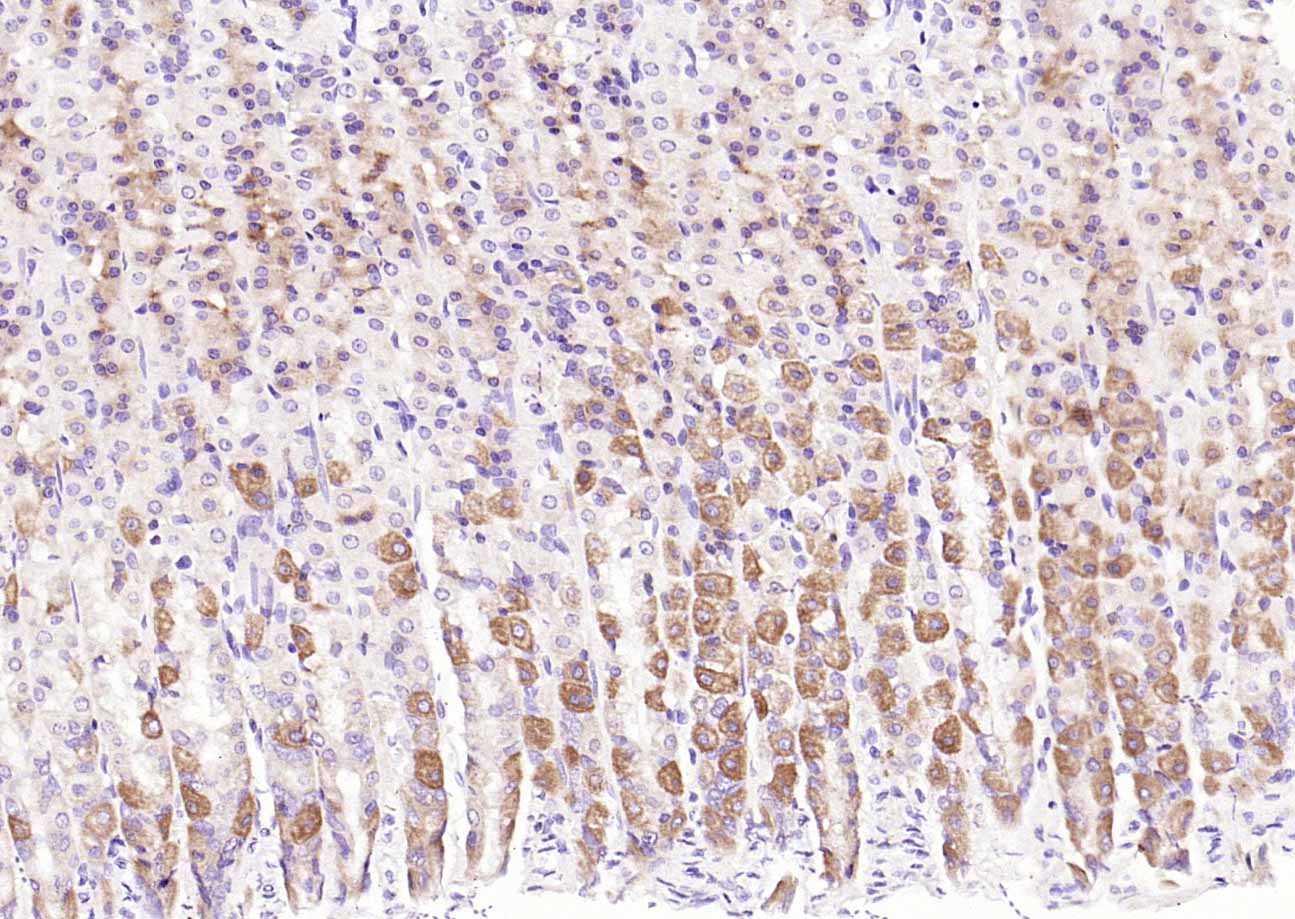
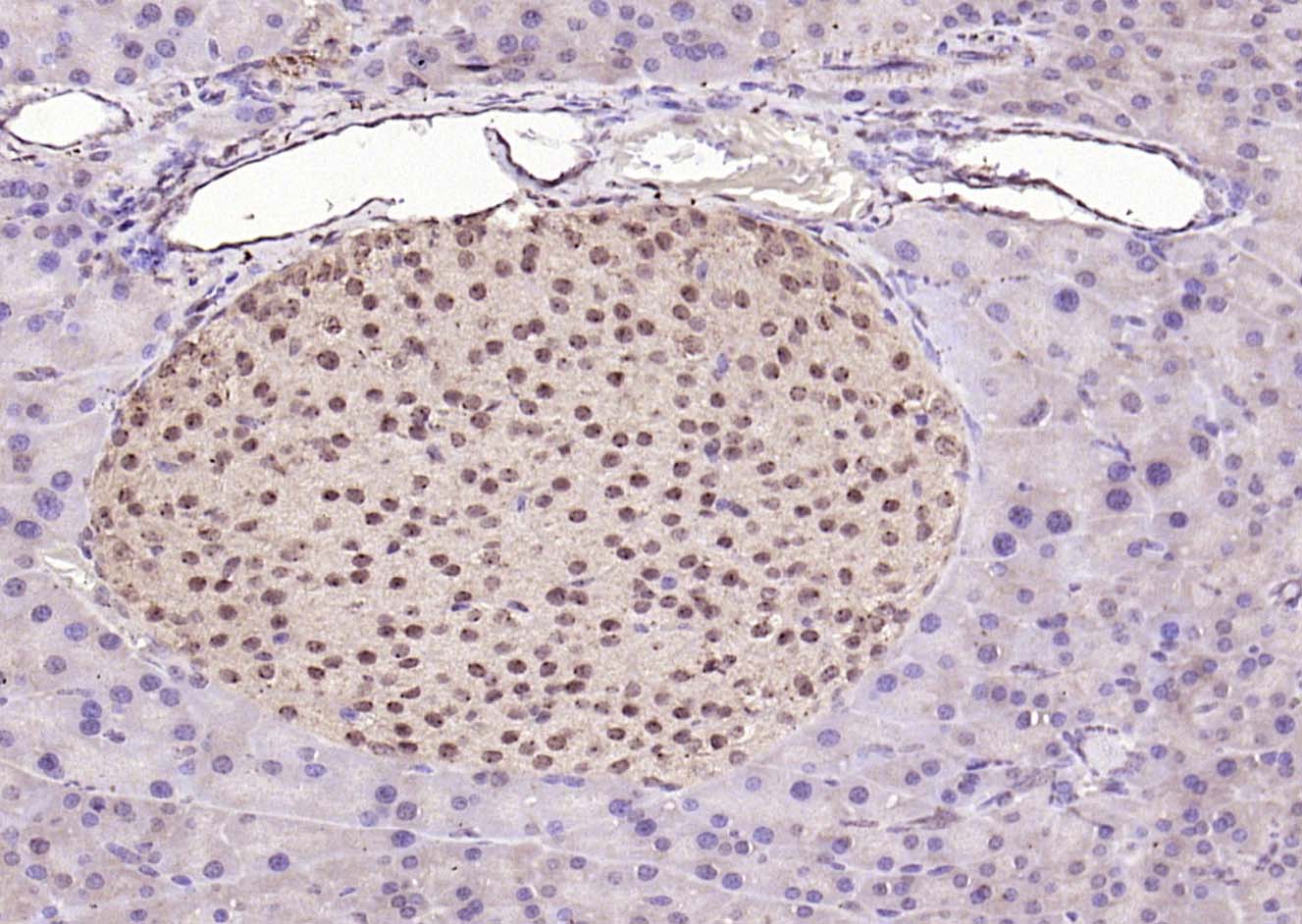
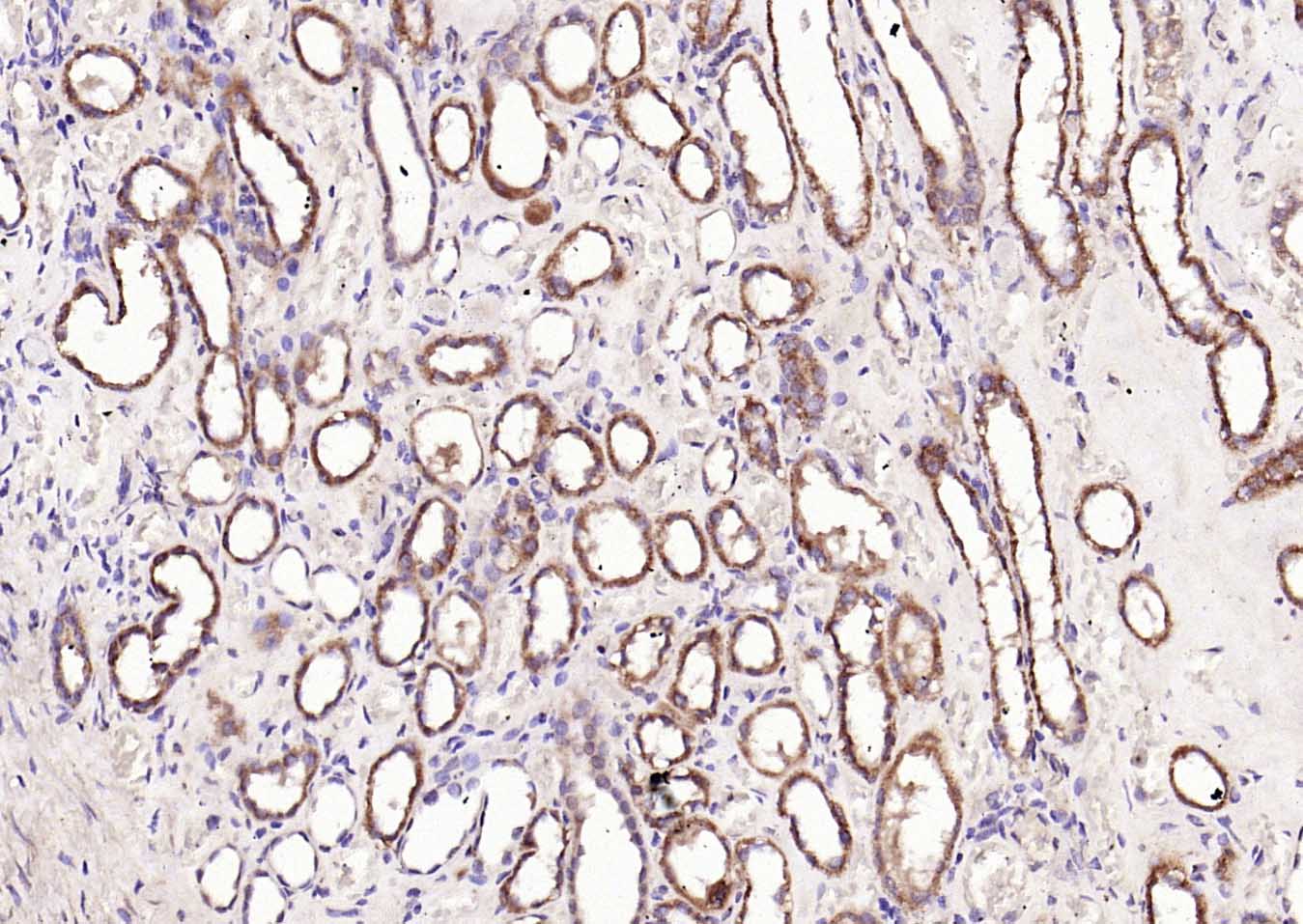
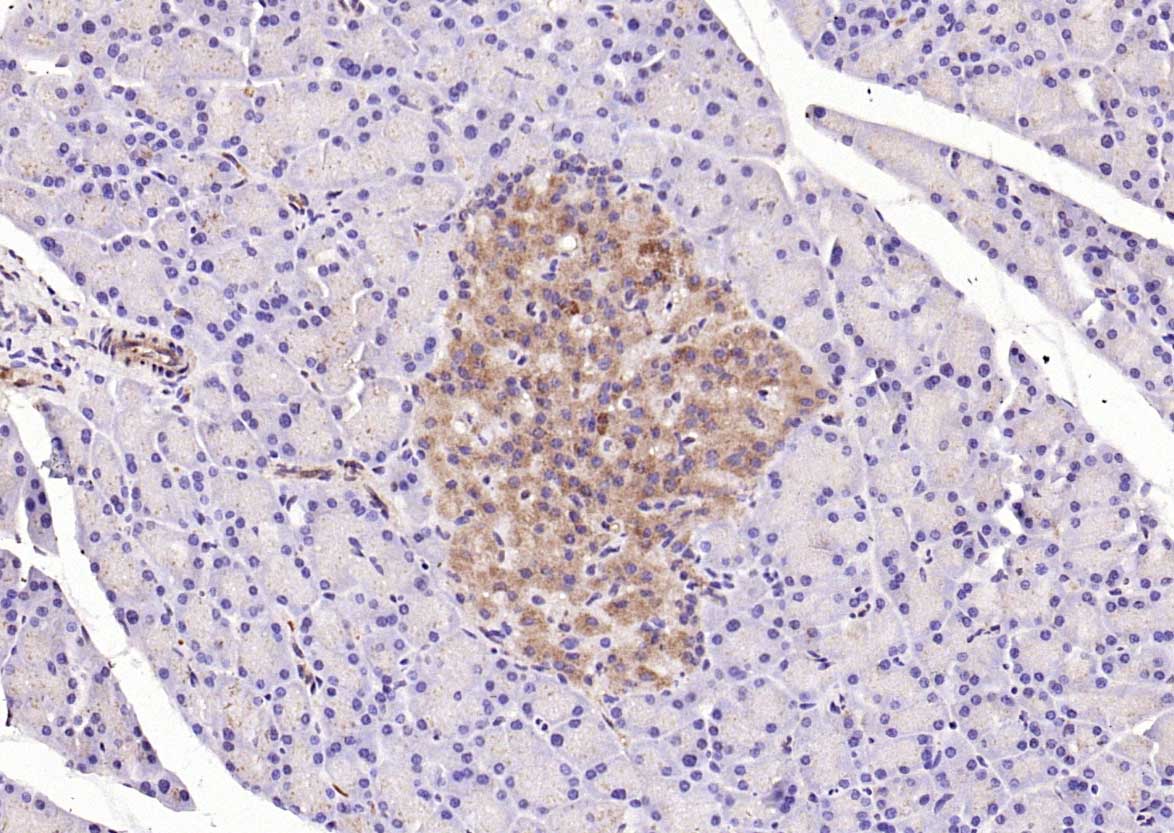
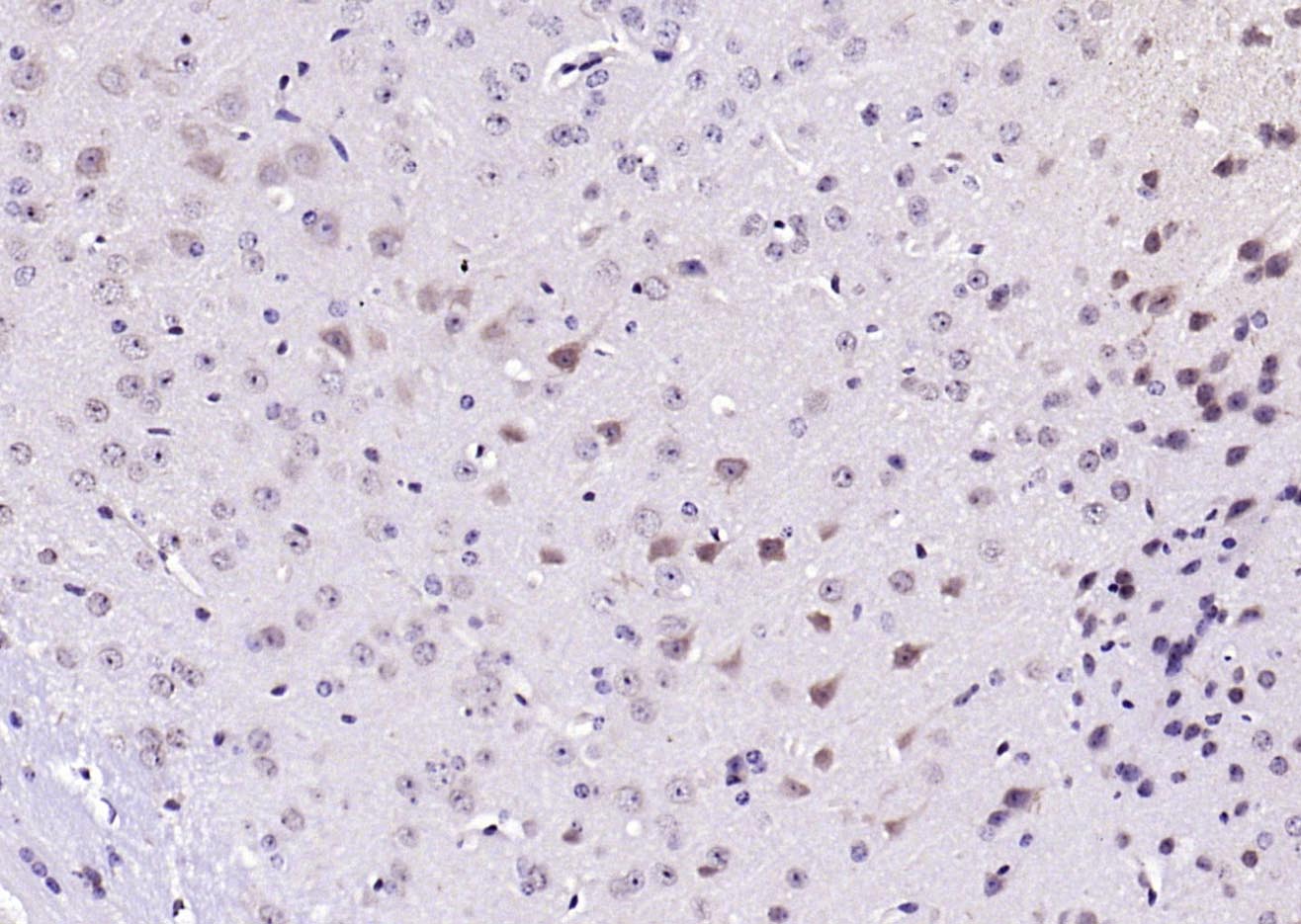
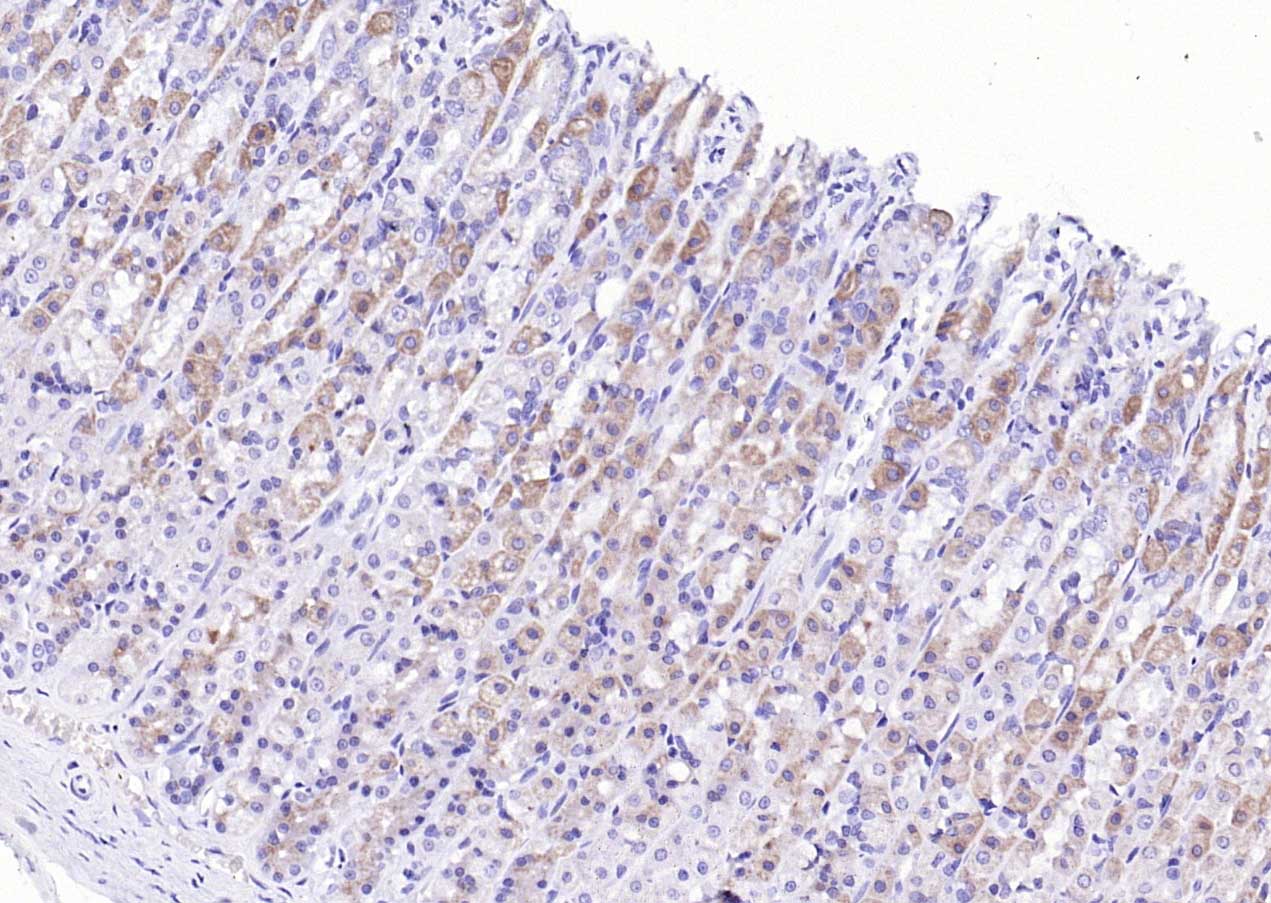
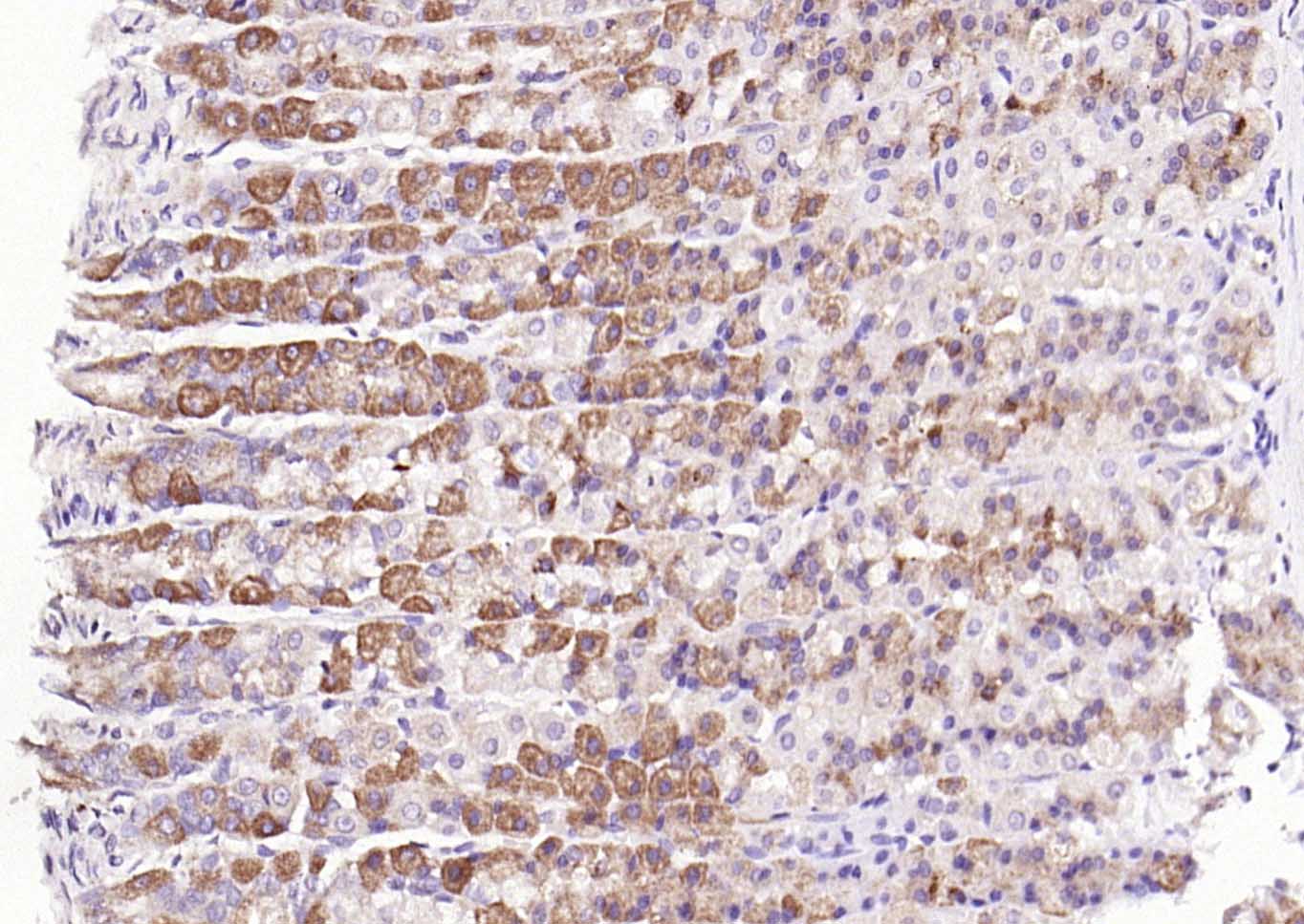
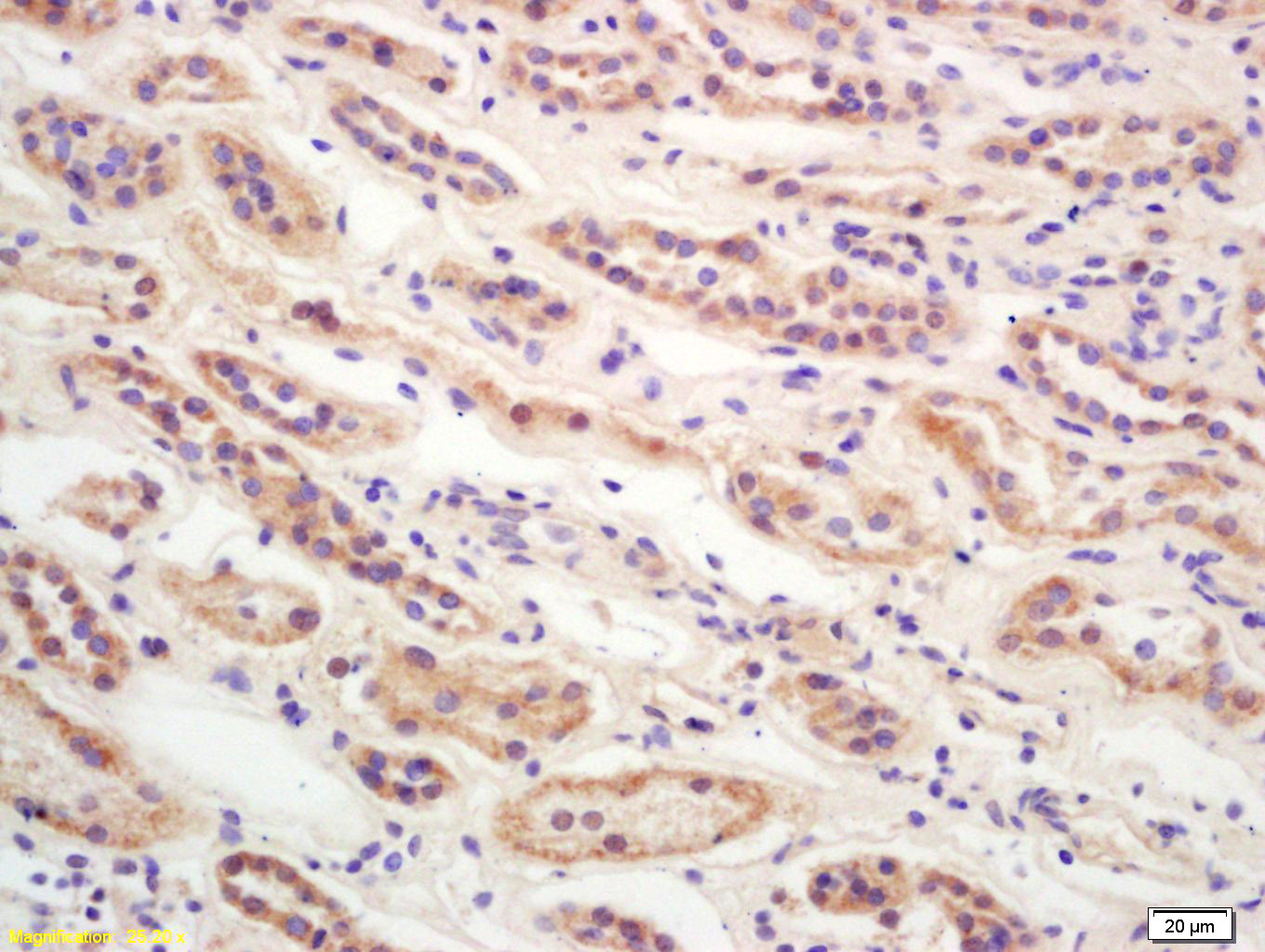
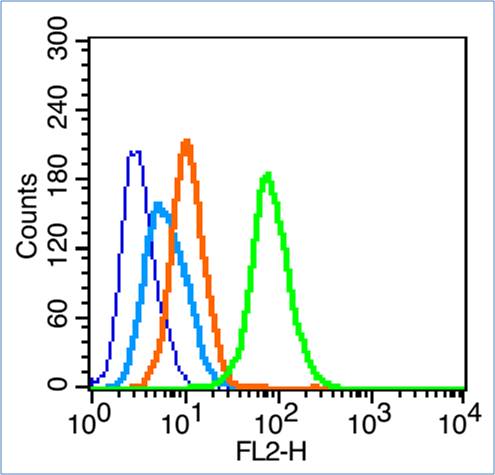


 +86 571 56623320
+86 571 56623320
 +86 18668110335
+86 18668110335

